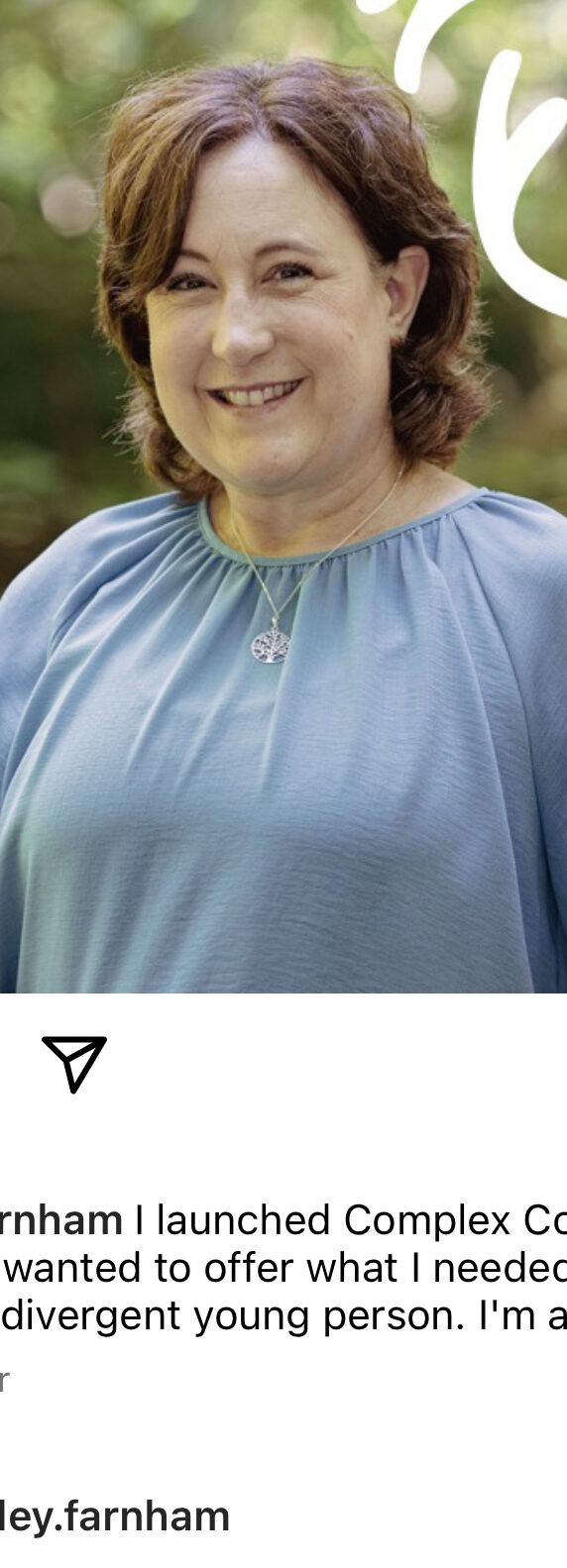This is the third and final short blog post encouraging Year 2 teachers (Primary 3 in Scotland, 1st Grade in many other countries) to carry out an internal number screening of essential knowledge. We have already looked at where children should really be with regards addition and subtraction, and although there are other key pieces of number knowledge that must also be secure, my third ‘Top 3’ piece of number knowledge is knowing the position of the first 10 multiples of 3.
This isn’t the same as being able to say by rote “3, 6, 9, 12, 15, 18, 21, 24, 27, 30” although that ability feeds into this. Our interest here is that learners have grasped that sequence of multiples so well that they can tell you the 4th multiple of 3, the 8th multiple of 3 etc, all with zero thinking time!
It is only this ability that will give them the correct foundation for quickly moving into instant recall of 3 times table facts in the first 2 weeks of the next school year, and from there into using those X3 facts for division and mental calculation processes, whilst the X4 table facts are simultaneously secured. That is how to hit the ground running next year, and it is that momentum which leads into all table facts being secured – and used in quick calculation processes involving decimals – prior to the final two years of primary education (and that is the attainable gold at the end of the rainbow)!
So, here is a simple 5-step screening process for knowing the position of the first 10 multiples of 3. Students only progress from each step once they have shown the recall of the missing multiples without hesitation and over various retrieval time gaps. It is vital to be strict with this success criteria.
Step 1: Identifying the missing multiple in sequence from 3 to 15

Step 2: Identifying the missing multiple in isolation from 3 to 15

Step 3: Identifying the missing multiple in sequence from 18 to 30

Step 4: Identifying the missing multiple in isolation from 18 to 30

Step 5: Identifying the missing multiple in isolation from 3 to 30

The backdrop to each step is to see the actual amounts and count out the multiples. Only then learning the sequence by rote in broken down, and then assembled, parts. And it is this backstory of understanding and cognitive pattern that the teacher must go back to with the student at the step that the number screening (if the screening) reveals is necessary.










